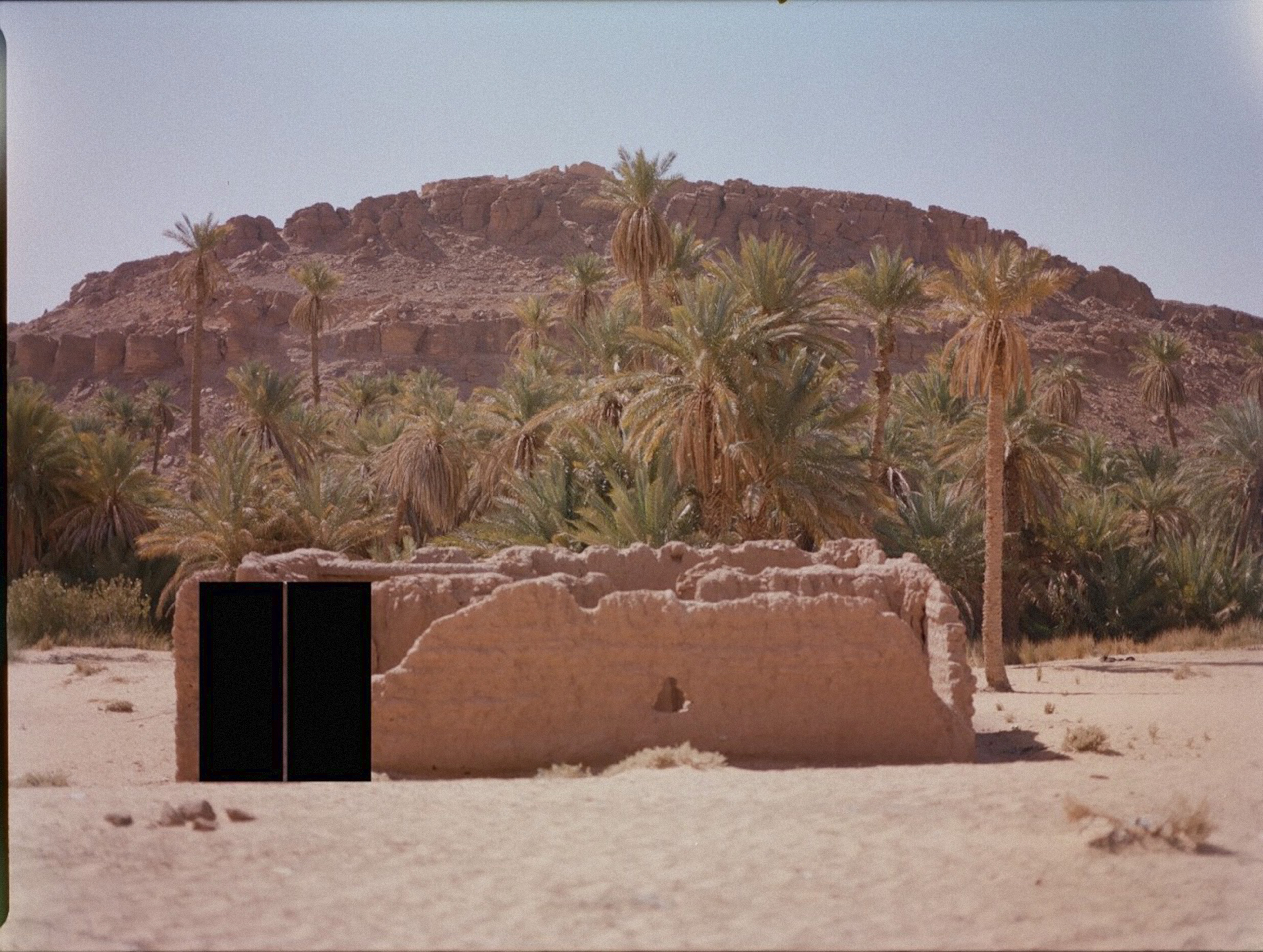This text was developed over the course of an email exchange and is presented in the first person singular, simulating a temporary shared consciousness the authors are using to discuss their loose collaboration over the last year.
Confinement is a collaborative exhibition curated by gta exhibitions and e-flux Architecture, supported by the Adrian Weiss Stiftung and the ETH Zürich Foundation.
© 2021 e-flux and the author
